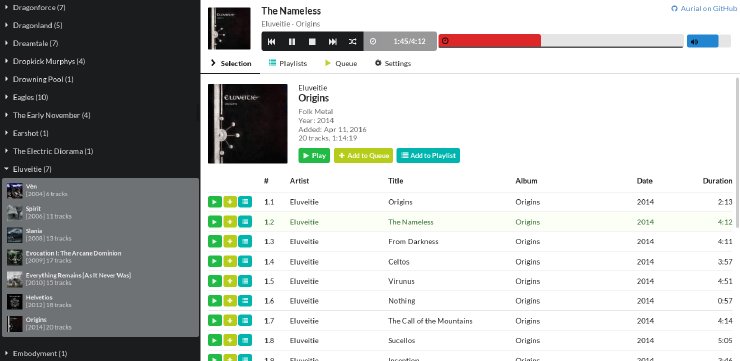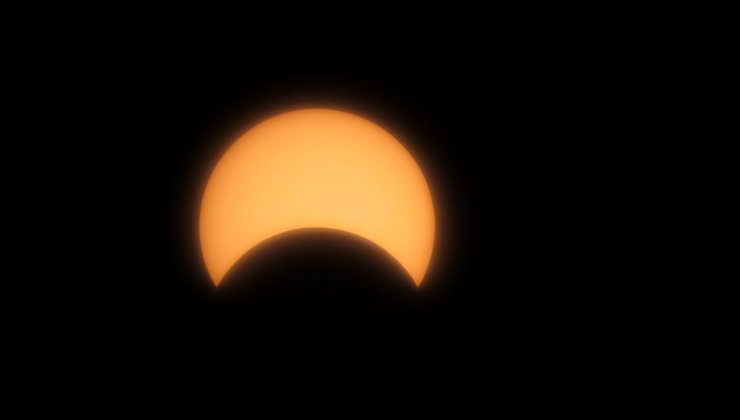I recently wanted to set up a couple of rough monitoring services to keep track of simple server status, load, disk etc. While there are options available like Munin which can do this by installing agents on the machines to be monitored, I wanted something a little simpler and more portable.
I’m quite fond of the StatsD + Graphite + Grafana stack, which is quite easy to
run thanks to Kamon’s grafana_grafite
Docker image, and I realised you can actually quite simply write counters,
gauges and timers to StatsD using nothing but the standard Linux tools nc and
cron.
For example, every minute on each server being monitored, a simple cron job
is executed which uses nc to write a bunch of information to my StatsD
service:
#!/bin/bash
HOST=$(hostname)
STAT_HOST="statsd-host"
STAT_PORT=8215
# load average
echo "load.$HOST.avg:`cat /proc/loadavg | cut -d ' ' -f 1 | awk '{print $1*100}'`|g" | nc -w 1 -u $STAT_HOST $STAT_PORT
# memory
echo "memory.$HOST.perc.free:`free | grep Mem | awk '{print $3/$2 * 100.0}'`|g" | nc -w 1 -u $STAT_HOST $STAT_PORT
echo "memory.$HOST.bytes.total:`free -b | grep Mem | awk '{print $2}'`|g" | nc -w 1 -u $STAT_HOST $STAT_PORT
echo "memory.$HOST.bytes.used:`free -b | grep Mem | awk '{print $3}'`|g" | nc -w 1 -u $STAT_HOST $STAT_PORT
# disk
echo "disk.$HOST.kbytes.total:`df -k --output=size / | grep -v [a-z]`|g" | nc -w 1 -u $STAT_HOST $STAT_PORT
echo "disk.$HOST.kbytes.used:`df -k --output=used / | grep -v [a-z]`|g" | nc -w 1 -u $STAT_HOST $STAT_PORT
echo "disk.$HOST.kbytes.avail:`df -k --output=avail / | grep -v [a-z]`|g" | nc -w 1 -u $STAT_HOST $STAT_PORT
# mail queues
for i in maildrop hold incoming active deferred bounce; do echo "postfix.$HOST.queues.${i}:`find /var/spool/postfix/${i} -type f | wc -l`|c"; done | nc -w 1 -u $STAT_HOST $STAT_PORT
It’s perhaps a bit inefficient in places, but gets the job done fairly well. One minute resolution may be a bit rough, but it’s sufficient for most of these data points which don’t change too dramatically over time.
Some other more specific variations include HTTP accesses, ping times, etc. Pretty much any parameter you can parse down to a single number can be published as a counter, gauge or timer to StatsD, and then neatly graphed over time.







